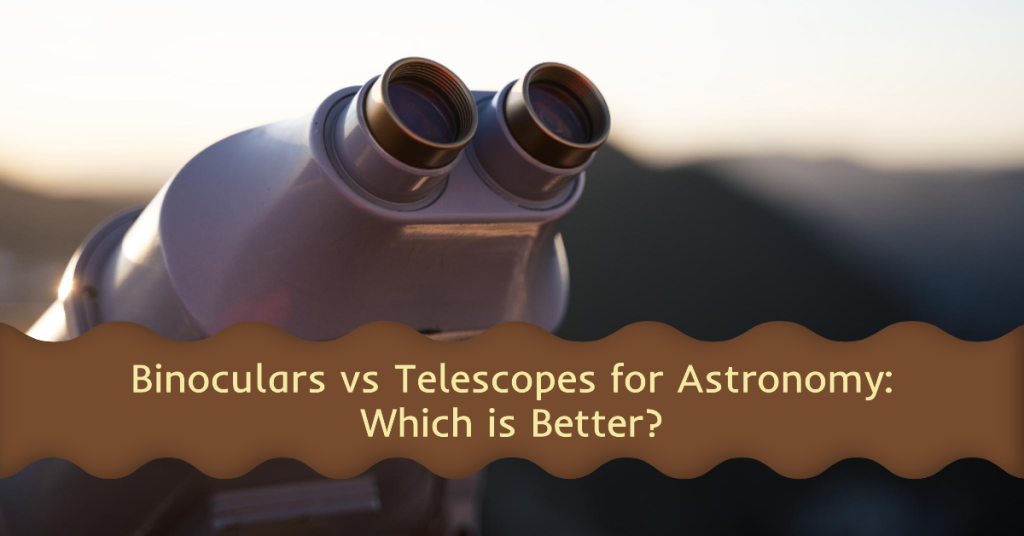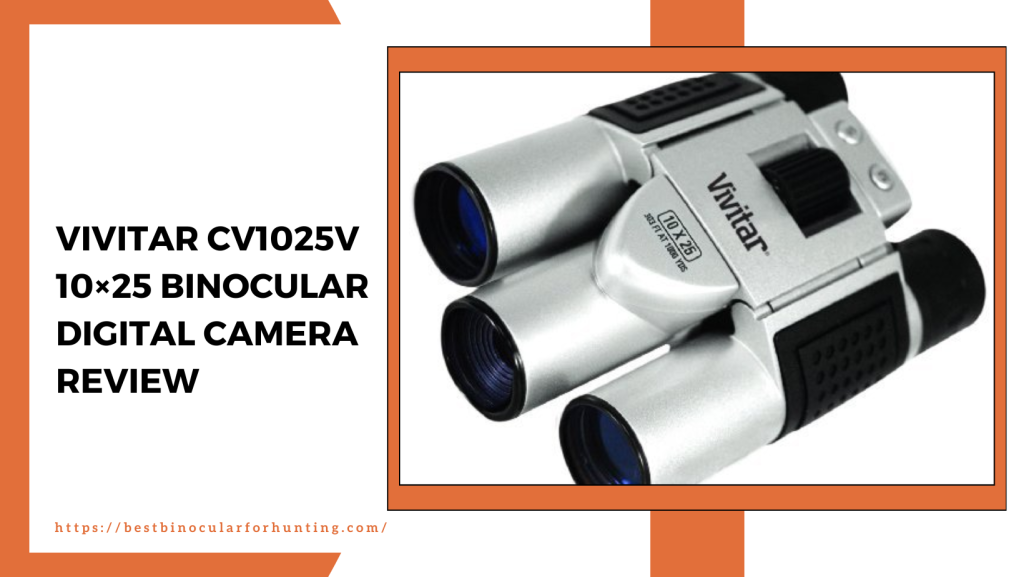For centuries, astronomers have turned their eyes to the heavens to observe the mysteries of the cosmos. To enhance and clarify the views of stars, planets and deep space objects, they employ optical aids like binoculars and telescopes. But which is better for the hobby of amateur astronomy – binoculars or telescopes?
In this guide, we’ll compare the pros and cons of using each for astronomy purposes. We’ll look at factors like magnification, field of view, portability, cost, and more. By the end, you’ll understand the strengths and limitations of both binoculars and telescopes for observing the night sky.
Let’s get started!
Table of Contents
- Intro to Binoculars and Telescopes
- Magnification Differences
- Field of View Comparison
- Image Brightness and Clarity
- Portability and Ease of Use
- Cost Considerations
- Astronomy Options for Each
- Deep Sky vs Planetary and Lunar Viewing
- Top Picks for Binoculars and Telescopes
- Tips for Choosing Between Them
- Conclusion
Introduction to Binoculars and Telescopes
First, what exactly are binoculars and telescopes?
Binoculars use two side-by-side telescope tubes with lenses to magnify images and produce a wide stereoscopic view. Prisms or mirrors inside redirect the light path into a compact shape. The twin optics provide brighter images than single telescopes.

Telescopes employ either lenses or mirrors focused through a single optical tube. Refractors use two convex lenses while reflectors use a curved primary mirror plus a small secondary mirror. The narrow light path means higher possible magnification but a smaller field of view.
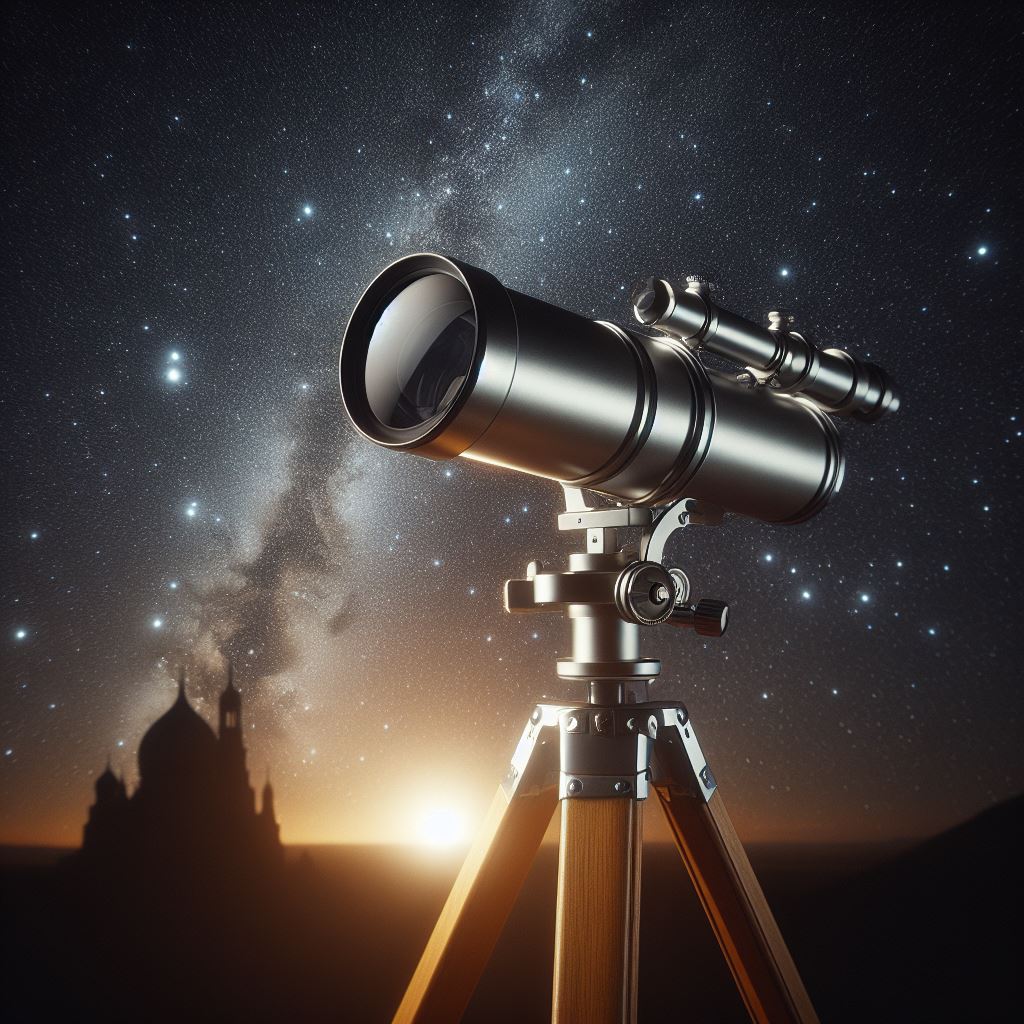
Now that we’re familiar with the basic optical designs, let’s see how they compare for astronomy uses:
Magnification Differences
The core purpose of both binoculars and telescopes is to enlarge the view of astronomical objects. Let’s compare their magnification capabilities:
Binocular Magnification
- Typical magnification ranges from 5x to 20x
- Higher zoom models go up to 25x or 30x tops
- Image brightness drops quickly above 10x or 12x
Telescope Magnification
- Starts around 20x magnification and goes up to 50x for many models
- Large aperture reflectors reach 200x to 300x and even 450x
- Requires excellent atmospheric conditions for best results
As you can see, telescopes easily achieve higher magnification than binoculars – often 100x and above. But more power doesn’t necessarily mean better viewing.
Other factors like image steadiness, clarity, and field of view also determine performance. Let’s look at those next.
Field of View Comparison
The field of view is the width of the sky scene you can observe at one time. This is a key advantage of binoculars:
Binocular Field of View
- Wide field of view from 5 to 7 degrees
- Takes in expansive night sky vistas
- Makes scanning and finding objects easy
Telescope Field of View
- Narrow field of view, often 1 degree or less
- Like “looking through a straw”
- Finding objects and getting oriented is harder
The wide stereoscopic view through binoculars reveals the broader context of celestial objects against the star fields surrounding them. This aids navigation and orientation.
Telescopes zoom in close with high power, but can be disorienting and easy to get lost. More panning and adjusting is needed to track objects as they drift through the narrower field of view.
Image Brightness and Clarity
Here’s where telescopes capable of gathering more light tend to pull ahead:
Binocular Brightness
- Dual optics allow more light intake than a singleton telescope
- Object images brighter than the same magnification telescope
- But still not as bright as large reflector telescopes
Telescope Brightness
- Reflectors with big mirrors gather abundant light
- Reveals fainter details and objects invisible in binoculars
- Refractor brightness limited by smaller objective lens
For telescopes, lens or mirror diameter is key. Larger objectives gather far more light, allowing fainter celestial objects to be observed. Reflector telescopes 8” and larger reveal nebulae, galaxies, star clusters, and more that binoculars simply can’t.
But binoculars still allow very enjoyable views of the Moon, planets, star clusters, and some brighter deep sky objects. Their low power also keeps images steady and easy to view.
Portability and Ease of Use
One area where binoculars shine is portability and ease of use:
Binocular Portability
- Lightweight, compact, easy to carry
- Simple to handhold or mount on a photo tripod
- Setup and aligned instantly, just point and observe
Telescope Portability
- Large reflectors are bulky, heavy instruments
- Refractors somewhat easier to transport
- Time consuming alignment and setup required
For spontaneous stargazing or packing along on trips, binoculars can’t be beat. You can take them anywhere and be viewing celestial objects within seconds of stepping outside.
Telescopes require planning to transport and set up. A permanent observatory instillation is ideal to maintain alignment for high power performance night after night.
So binoculars win hands down for casual viewing, while telescopes excel for serious deep space observation over time from one base.
Cost Considerations
You’ll also discover a wide range of price points when shopping:
Binocular Cost
- Entry-level astronomy binoculars start around $100-$200
- Quality models for amateurs run $300 to $1000+
- Giant 25×100 models over $2000
Telescope Cost
- Beginner tabletop models start around $200
- Intermediate reflectors run $500 to $1500+
- Advanced large reflectors cost $3000+
You can start exploring the night sky very affordably with a pair of entry-level binoculars. Telescopes often require greater investment up front for decent aperture and accessories. But their capabilities scale up tremendously in larger sizes.
Next let’s compare some great options…
Top Binoculars for Astronomy
These binocular models offer great performance for sky watching:
Orion UltraView 10×50 – $90 to $140

- 10x magnification, 5.5 degree field of view
- Bright 50mm lenses ideal for handholding
- Great budget starter pair for moon and planets
Celestron SkyMaster 20×80 – $100 to $250

- 20x magnification reveals detail on planets and clusters
- Massive 80mm lenses super bright viewing
- Tripod required, best under dark rural skies
Pentax AD 9×63 – $290 to $320
- Unique 9x magnification with 63mm lenses
- Wide 6.5 degree field of view
- Excellent optics at a reasonable price point
Vixen Optics 15×70 – $600 to $700
- 15x magnification and 70mm lenses balance portability
- Images brighter than many entry level telescopes
- Handles deep sky better than smaller binos
Oberwerk 10×50 – $199
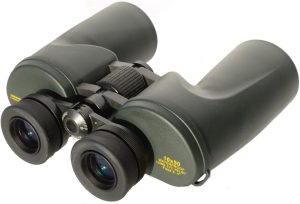
- Massive 25×100 provides brightest possible views
- Handholdable but heavy at 6 lbs
- Rivals small telescope on planetary and lunar detail
For most hobbyists, a sub $500 pair of 10×50 or 15×70 binoculars is ideal. 25×100 giant binos best left to devotees!
Next up are top telescope options…
Top Telescopes for Astronomy
These are excellent telescope choices:
Zhumell Z130 – $200 to $300

- 5” tabletop dobsonian reflector, 650mm focal length
- Easy to use, compact “starter scope” for planets and clusters
Celestron NexStar 8SE – $1200 to $1500

- 8” schmidt-cassegrain reflector, 2032mm focal length
- GoTo computerized mount finds objects automatically
Orion XT10 Classic – $500 to $650
- 10” dobsonian reflector 1200mm focal length
- Manual but great views of galaxies and nebulae from dark sites
Meade 16” Lightbridge – $4000 to $5000
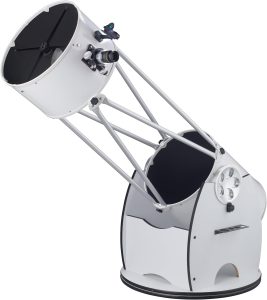
- Huge 16” aperture 2040mm focal length
- Serious scope reveals faint deep space objects
- Large but transportable to dark sky locations
These telescopes showcase the range available. Portable dobsonians offer great performance for cost, while computerized GoTo mounts add convenience.
Deep Sky vs Planets and the Moon
Are binoculars or telescopes better suited to observing specific targets?
Deep Sky
- Telescopes required to see most faint objects like galaxies
- Aperture, light grasp key factors
- Even large binoculars lack enough magnification
Moon and Planets
- Binoculars provide bright, pleasing views
- Easy to find and track objects at lower power
- Telescopes reveal more surface detail on planets
For planets like Jupiter and Saturn, a 6” or 8” telescope will showcase stunning detail like cloud bands and rings at high magnification. But binoculars still provide very nice views of the Orion Nebula, Andromeda Galaxy, star clusters, comets and other bright objects.
Their low power and naturally steady image is better suited to the Moon and planets for many observers. Telescopes reveal more but can be tricky to use at max magnification.
Tips for Choosing Between Them
With their differing strengths and weaknesses, should a beginner choose binoculars or a telescope for astronomy?
Here are some tips:
- Start with binoculars – 10×50 or 15×70 models are perfect for getting oriented to the night sky. They offer bright, pleasing views of many objects to get you hooked on astronomy.
- Consider a small scope too – A portable reflector like the Z130 provides views closer to what a serious telescope can offer down the road. Use low power when first starting out.
- Astronomy club events – Attend public star parties to compare observing through various binoculars and telescopes firsthand. See what most intrigues you.
- Eyepiece based astronomy – For many objects, swapping higher power eyepieces into a telescope yields closer views than binoculars can achieve.
- Observing goals – Will you focus on planets, deep space, astrophotography? Certain instruments excel for specific targets.
For occasional casual viewing or packing along on trips, binoculars can’t be beat. But a basic reflector telescope opens up galaxies, nebulae and more for patient observers under dark skies.
Consider starting with both to experience the strengths of each to see which type of instrument draws your interest over time.
Conclusion
After comparing binoculars and telescopes feature by feature, we’ve seen that each has definite strengths and weaknesses for astronomy:
Binocular Pros
- Very portable and effortless to use
- Bright, expansive views great for beginners
- Low cost options available
Telescope Pros
- Much higher magnification reveals intricate details
- Large apertures gather abundant light for deep sky objects
- Less expensive dollar-for-performance
For serious deep space observation, large aperture telescopes have no substitute. But binoculars shouldn’t be underestimated either. Many amateur astronomers keep a pair along on every observing outing, even after acquiring much larger telescopes.
The binocular’s naturally bright and steady images of star fields, the Moon, planets, and brighter nebulae provide viewing experiences telescopes simply can’t match – especially for sharing views with others. They are the perfect complement to any telescope, and for some, negate buying a telescope at all.
Whichever instrument provides that thrill when gazing at the grandeur of the night sky is the right choice. Ideally, every astronomer’s kit includes both binoculars and a telescope to enjoy the full breadth of celestial spectacles waiting overhead.
